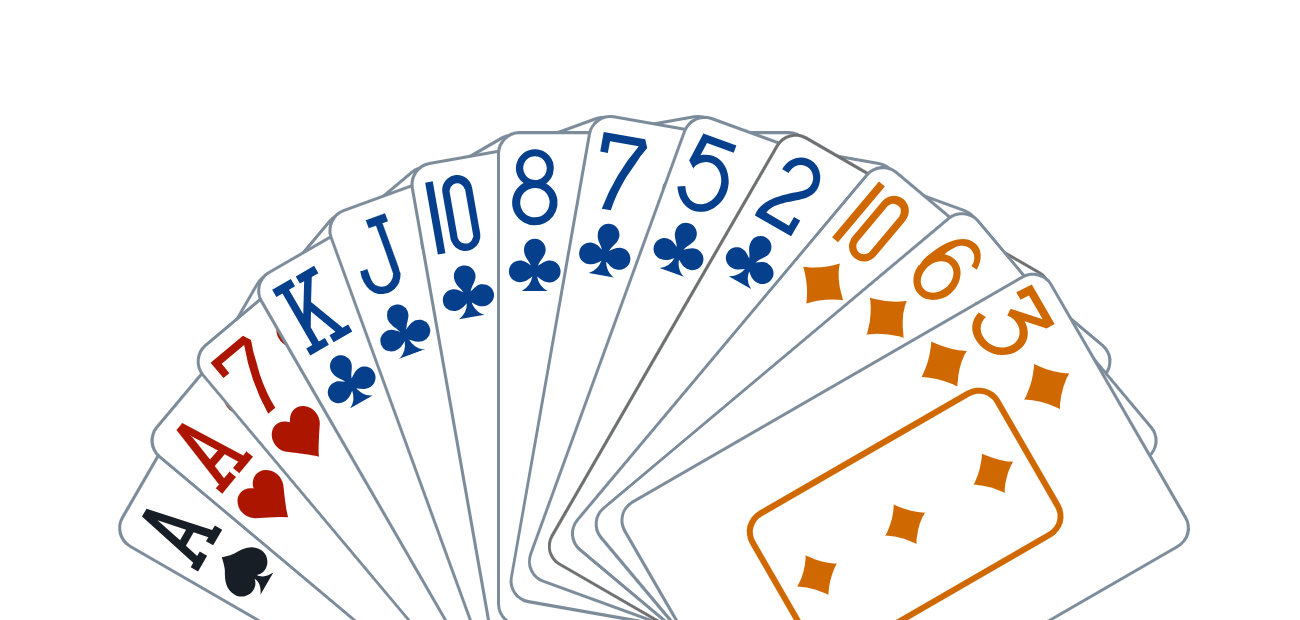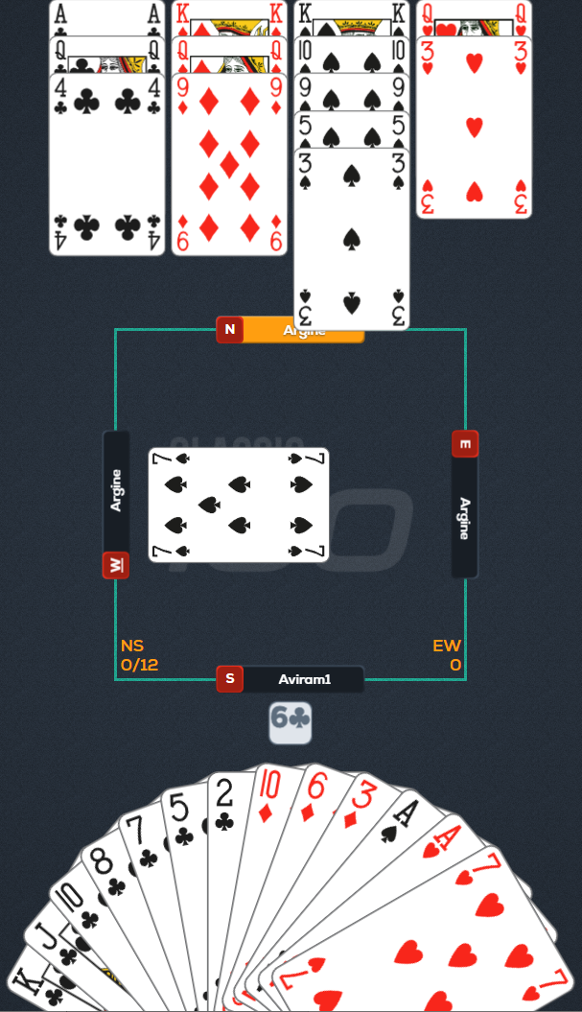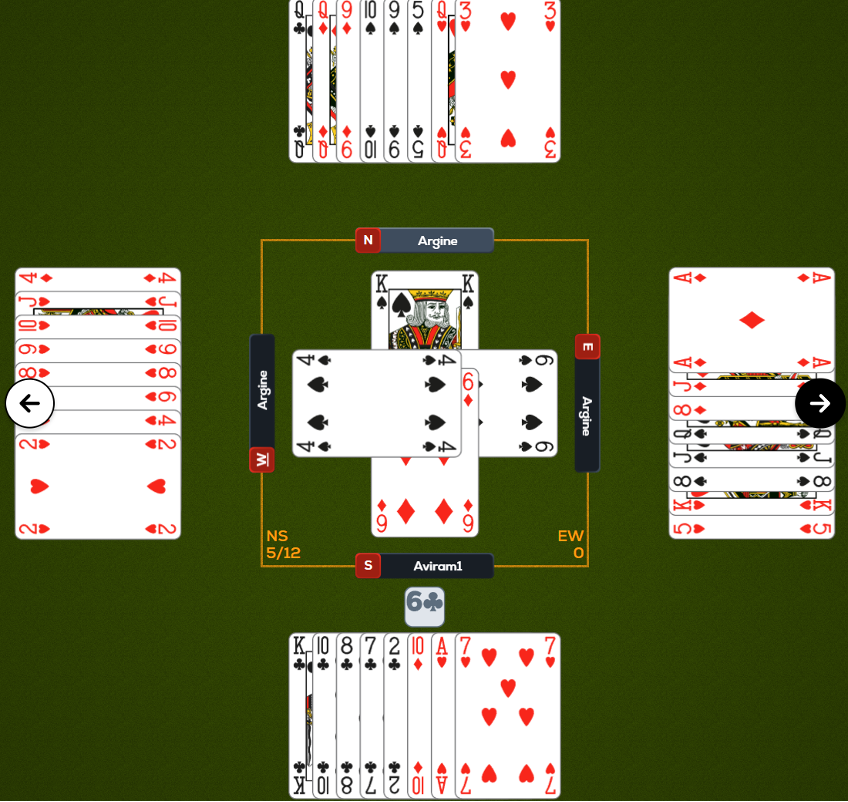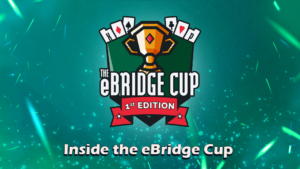
Play it by the book

Who said that only grand champions could write bridge articles? A few months ago, Funbridge launched a brand-new format of articles that allow talented players to share their expertise on the deals that inspire them the most. We have the pleasure of presenting you with a captivating article below that was written by one of the members of our community.
Zoom in on the author
Yoram Aviram is an experienced bridge player and a former member of the Israeli Junior and Open teams with several achievements on the national and international scenes.
Yoram left the game many years ago to focus on family and work (in the field of computerised trading of financial instruments) and switching hobbies from the mind sport of bridge to the physical sport of competitive road cycling.
He returned to his old passion and adopted Funbridge as the platform on which to refresh his old skills.
He is happy to share deals of particular interest with the Funbridge community on the blog.
Play it by the book
Those of us who read bridge books know that book examples tend to be different from real life hands. Book hands are designed to teach certain elements of the game and thus tend to have a certain “sterile” feel to them. Cards are distributed in such a way that the correct line of play is usually clear. In real life, things are almost always “murkier”.
Rarely does a hand come up during the actual game that is as tidy as a textbook hand. The following hand came up during a daily BP standard tournament, a matchpoints tournament that is part of the new Bridge Points Circuit in which I participate. I’m going to describe it in a “look over my shoulder” style.
Holding the following cards as South, partner, the dealer, opens 1NT.

East overcalls 2♠, showing at least 5 spades and 4 cards in one of the minors. I bid 3♣, natural and forcing, and Partner discourages with a 3NT response.
First decision time. At matchpoints, you need a very good reason to play in a lower-scoring minor game when 3NT is on. Nevertheless, I feel that 6♣ is still a real prospect, so I decide to bid 4♣, inviting to slam. Partner plays dead, bidding 5♣. That is what I was afraid of. I should probably pass and at IMPs I certainly would, but at matchpoints it is almost certainly a bad score compared to 3NT making overtricks.
So I decide to “go for the kill” and bid 6♣. Nobody doubles, West leads the 7 of spades and the following dummy is revealed:

At first sight, I am happy to see that we don’t have two quick losers. On second glance, I notice that we do have two slow ones. The king of spades can allow us to dispose of a red suit loser, but we are still left with the ace of diamonds and another red loser.
What can be learned from the bidding? East’s overcall shows 10+ points, so in addition to the queen-jack of spades and ace of diamonds, he has the king of hearts.
If it weren’t for East’s 2♠ overcall, I could try to develop the fifth spade, but that is out of the question as he holds five or six spades with the queen-jack.
It seems that my only chance is to discard my heart loser on the king of spades and finesse West for the jack of diamonds, which he just might have.
But still, can’t I take advantage of East holding all those key cards? Suppose I win the ace of spades, draw trumps and play a diamond to dummy’s king. If East wins that, what will he play? Ah! He will be cooked! A heart runs to the queen, a diamond to the 9, a spade to the 10, and a spade honour will then allow a ruffing finesse of the other spade honour. It will be good defence for East to duck the diamond, which Argine is certainly capable of, but I have to try.
So I win the spade, play a club to dummy’s ace (both opponents follow) and another to my jack (East discards a diamond). I now play a diamond to dummy’s king, hoping that East will win. He doesn’t.
Now what? Just discard the heart loser on the king of spades and finesse the jack of diamonds? Can’t I still manoeuvre something against East? Wait! I think that I see a way. Suppose I play the king of spades, discarding not a heart but a diamond, and then play the 10 of spades. East will cover but I will not ruff. Instead I will let him win, discarding my last diamond.
Now poor East is endplayed in three suits! A spade runs to dummy’s 9, a heart to dummy’s queen and a diamond to dummy’s queen. Check mate and a deserved top!
This was the end position:

Declarer next played the 10 of spades and allowed East’s jack to win, discarding the 10 of diamonds.
East was endplayed in three suits.
A nice example of textbook theory meeting real life.
What is the concept behind community articles?
Would you also like to write an article? At Funbridge, we like giving our players a voice. In this format of articles, it is you who write the content. If you notice a deal that you find particularly interesting and that you would like to share with the Funbridge community, tell us in a comment below! We will get back to you quickly.

Content Manager
What did you think of this article?
Share your opinion in the Comments section below.





Very good!
Interesting! Nice article.
You did really well but this shows the futility of making bids with poor suits in poor hands especially against class opponents pass and 6 clubs will almost certainly fail
I remember this hand because I also sat South. But I just bid 5 clubs and made 6. I doubt I would have been brave enough to bid a small slam. Thanks for this example.
Just roughing 2 spades will also get you home with 3 club entries !
I remember this hand also, As i said i roughed 2 spades with the 3 club entries to get home.
That’s a pretty line. Well done.
Loved it! Which textbook did you have in mind?